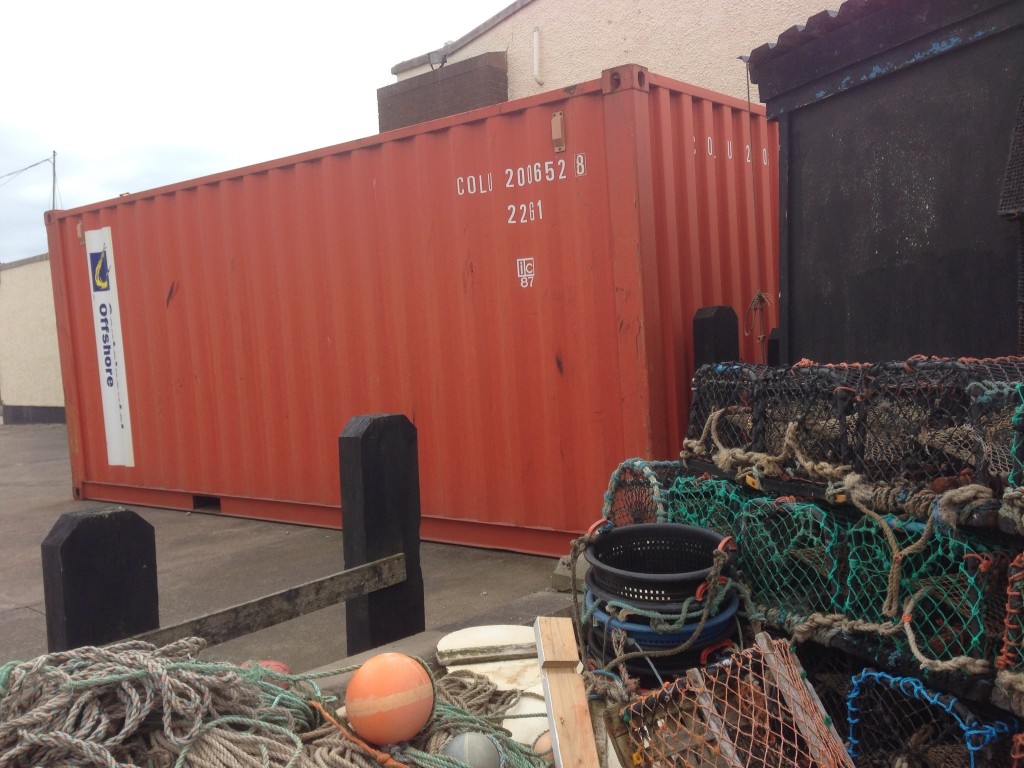Sometimes life brings unexpected gifts. On Thursday evening I attended the launch of this year’s BBC Proms season, and had the pleasure of meeting the baritone Roderick Williams, who is singing on the Last Night, and is one of the most life-affirming and delightful people I’ve met. Do listen.
Yesterday the treat was visiting the UK HQ of Vice News. My reaction on walking in: I want to work here. My second: I’m way too old to do so! Just around the corner is the London HQ of the Workers’ Educational Association. Founded in 1903, my mother took some of its courses in the 1990s after she retired: wine appreciation and watercolour painting. It is a sign of progress that working people now have options like those.
The WEA is one of the many organisations featuring in Jonathan Rose’s brilliant book [amazon_link id=”0300153651″ target=”_blank” ]The Intellectual Life of the British Working Classes[/amazon_link]. All of them, and the many autodidacts among working class people, formed part of the social and political innovation that was a response to the profound structural dislocation caused by the industrial revolution. It isn’t yet clear at all what the modern response will be to automation and inequality, although we can be sure there will be one; I found Thomas Piketty disturbingly deterministic about these trends. (Incidentally, there have now been gazillions of reviews of [amazon_link id=”067443000X” target=”_blank” ]Capital in the 21st Century[/amazon_link] including my own, but I found this one by Joshua Gans one of the best, and this by Gillian Tett interesting on the social psychology of Piketty-mania.)
[amazon_image id=”0300153651″ link=”true” target=”_blank” size=”medium” ]The Intellectual Life of the British Working Classes[/amazon_image]
The reason for this ramble is the publication of [amazon_link id=”0747591849″ target=”_blank” ]The Valley: A Hundred Years in the Life of a Family[/amazon_link] by Richard Benson, which has had wonderful reviews – today in the FT, previously in The Guardian and elsewhere. The FT covers several other books – [amazon_link id=”1848548818″ target=”_blank” ]The People: The rise and fall of the working class 1910-2010[/amazon_link] by Selina Todd, [amazon_link id=”1846142784″ target=”_blank” ]Dreams of the Good Life: Flora Thompson and the Creation of Lark Rise to Candleford[/amazon_link] by Richard Mabey, and [amazon_link id=”030018784X” target=”_blank” ]The Gardens of The British Working Class[/amazon_link] by Margaret Wiles.
[amazon_image id=”0747591849″ link=”true” target=”_blank” size=”medium” ]The Valley: A Hundred Years in the Life of a Family[/amazon_image]
It’s interesting to see this batch of books on the subject of the working class. There is an issue here. Lynsey Hanley’s [amazon_link id=”1847087027″ target=”_blank” ]Estates[/amazon_link], Owen Jones’s [amazon_link id=”1844678644″ target=”_blank” ]Chavs[/amazon_link] and [amazon_link id=”1907994165″ target=”_blank” ]Why FIght Poverty?[/amazon_link] by Julia Unwin all address from different perspectives the theme of the fear and loathing among the elites for people with low incomes. The weakening in the public sphere of a once-vibrant working class culture and the rise in inequality are two facets of a significant phenomenon.
[amazon_image id=”1907994165″ link=”true” target=”_blank” size=”medium” ]Why Fight Poverty? (Perspectives)[/amazon_image]


